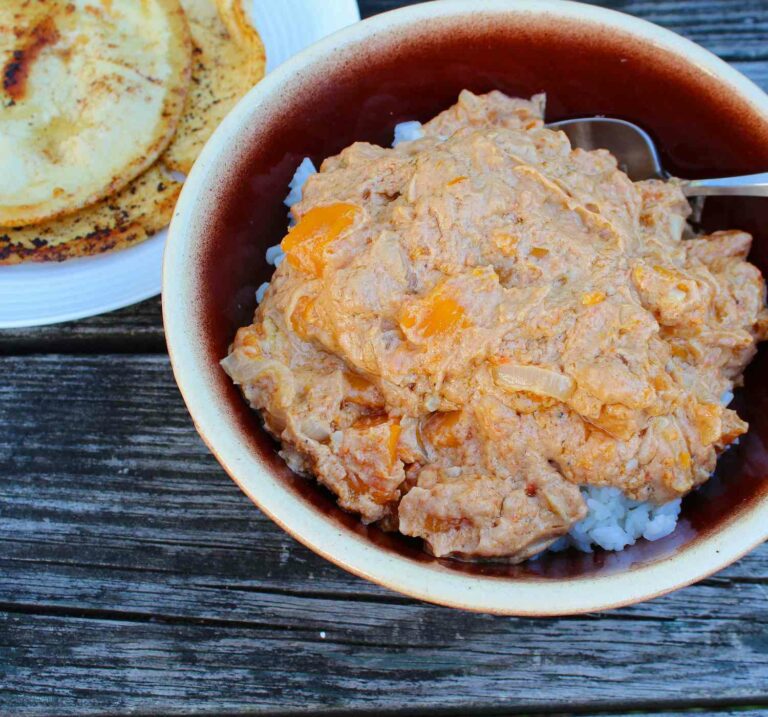Introduction: Vegetarianism in Guinea
Vegetarianism is not widely practiced in Guinea, where meat is a significant part of the diet. However, there are still options for vegetarians who wish to experience the flavors of traditional Guinean cuisine. Some Guinean dishes are even entirely vegetarian, so vegetarians won’t have to miss out on the unique and delicious cuisine during their visit.
Traditional Guinean Staples
Guinea’s cuisine is heavily influenced by its neighboring countries, such as Senegal, Mali, and Ivory Coast. Traditional Guinean dishes typically include rice and stews made with meat, fish, or vegetables. Rice is a staple food in Guinea and served with almost every meal. Other staples include cassava, yams, plantains, and beans. Traditional sauces such as peanut, tomato, and okra are also prevalent in Guinean cuisine.
Vegetarian-Friendly Guinean Dishes
Although many traditional Guinean dishes contain meat, there are still some vegetarian options available. One popular vegetarian dish is “riz gras,” which is a rice dish cooked with vegetables and spices. Another vegetarian option is “dibi,” which is grilled vegetables served with a peanut sauce. “Fouti” is also a vegetarian dish, consisting of mashed beans mixed with vegetables and spices.
Recipes for Vegetarian-Friendly Dishes
Here is a recipe for “riz gras,” a popular vegetarian Guinean dish:
- Ingredients: 2 cups of rice, 2 cups of water, 1 onion, 3 tomatoes, 2 carrots, 1 bell pepper, 1 teaspoon of vegetable oil, 2 cloves of garlic, 1 teaspoon of cumin, salt and pepper to taste.
- Directions: In a pot, sauté the onions and garlic in the vegetable oil until soft. Add the diced tomatoes, carrots, and bell pepper, and cook until the vegetables are tender. Add the cumin and rice and stir well. Add the water and bring to a boil. Reduce heat and let it simmer for 20-25 minutes until the rice is tender.
Tips for Dining Vegetarian in Guinea
When dining in Guinea, it’s essential to communicate with the restaurant staff that you’re a vegetarian. Guinea’s traditional dishes often contain meat, so it’s essential to ask if there are any vegetarian options available. You can also ask for dishes to be prepared without meat or fish. Additionally, it’s a good idea to carry snacks and protein bars when traveling in Guinea, as vegetarian options are limited.
Conclusion: Embracing Guinean Cuisine as a Vegetarian
Vegetarians who visit Guinea can still enjoy the unique flavors of traditional Guinean cuisine. Although meat is a significant part of the diet, there are still vegetarian options available, such as “riz gras,” “dibi,” and “fouti.” By communicating with restaurant staff and carrying snacks, vegetarians can experience the best of Guinean cuisine without sacrificing their dietary restrictions.

